|
Pumpkins, a cousin of cucumbers, watermelons, luffas, and zucchini are edible and quite tasty! In technical botanic speak, pumpkins fill the “What am I going to eat in December!?” niche. Most were bred to have tough skin to supply calories and nutrients well into the winter. Per Cup of roasted pumpkin: Calories 49, Protein 2 g, Carbohydrate 12 g, Dietary Fiber 3 g, Calcium 37 mg, Iron 1.4 mg, Magnesium 22 mg, Potassium 564 mg, Zinc 1 mg, Selenium .50 mg, Vitamin C 12 mg, Niacin 1 mg, Folate 21 mg, Vitamin A 2650 IU, Vitamin E 3 mg. One of our best sellers is this…The Musque De Province; we call it a Fairy Tale Pumpkin. It originated in Provence, where it is still eaten today. It has a mild flavor that can be used in any recipe that calls for pumpkin. It is often eaten as a street food in France; roasted whole, sliced along the ribs, and seasoned with different spice mixtures... yes, you can use pumpkin spice. It is then served wrapped in parchment paper. The most commonly eaten is this weirdo!The Blue Hubbard has a small seed chamber, thus most of the volume is meat. Its mass to volume ratio makes it perfect for mass produced canned pumpkin. You can use anywhere pumpkin or winter squash is called for. My favorite is this guy. The Speckled Hound. This is a true winter squash and should last for months! It is the perfect size and shape for easy roasting, just toss it in an oven on a cookie sheet until the skin is soft. The best part is the pale orange meat is dryer than most which makes it especially sweet! Perfect for desserts and breads! My last to mention is this unassuming guy. Sometimes called tiger stripe or the Styrian Pumpkin. The meat is nothing special, however it's pretty and a different coloration than most, so it definitely has its use. But this Austrian squash has a secret if you cut it open… Its seeds are completely hulless. Most pumpkins seeds look like the image on the left vs the right. Roasting them is a breeze! Roasted Pumpkin Seeds Pumpkin or winter squash, at least one cup of cleaned seeds
The amount of oil and spices will vary with the volume of seeds collected. ½ tablespoon of oil per cup of seeds. .5 t of salt per cup of seeds 1. Preheat oven to 300 2. Hollow out Tiger Stripe Pumpkin (or any pumpkin or winter squash) 3. The seeds will be attached to some membrane, so rinse in a colander and lightly scrub with cloth towels (seeds will stick to paper). It is not necessary to completely clean the seeds. Excess membrane is edible and will dry. 3B. (If using a non tiger stripe squash, skip drying. Bring some salted water to a boil and dump seeds in to pot. Cook for 5-7 minutes. Drain, and let dry on a cookie sheet.) 4. Toss seeds with your favorite oil(coconut, olive, melted butter…) and salt. Use other seasonings as desired. ½ t Worcestershire sauce is nice...Pumpkin Pie spice… the sky is the limit, but leave sugar out until after roasted. 5. Spread on a foil lined cookie sheet and roast for 10 to 15 minutes.(15-20 for hulled pumpkin seeds) Some will pop when they are done. 6. Remove from oven(add sugar or herbs at this point and toss, if necessary), lift foil off of pan and place on cooling rack. Scarf down right away, store in airtight container, make brittle, add to soups or bread, or use them in pesto.
0 Comments
These are just a few of the conifers we have, and I hope I have given you an idea for a different kind of arrangement. In containers or in beds, hollies and conifers can create a garden unlike anyone else on your block. So think out side of the annual, perennial, hedge, and succulent boxes and come check out our selection. Below is a link to the web page of the nursery from which we get most of our conifers and evergreens. It has lots of great information as well as pictures of the full grown plants and ideas for arrangements. http://www.iselinursery.com/fanciful-gardens/ http://www.iselinursery.com/colorful-conifers/ http://www.iselinursery.com/container-gardens-alternative-for-small-spaces/ Alex Wisdom Plant nerd since grade school. Following up last week's post about commonly asked questions (last week's was, "Which plants make the best hanging baskets?"), today I will discuss another common question. -- How long does it bloom? -- Usually the answer is concise, 4-6 weeks, 2-4 weeks, one day(stupid hibiscus), or every ten years. However, with most annuals and some perennials, deadheading will keep the blooms going for longer periods. As a corollary to the question, "How much work do they require to keep them blooming?" Some times, "it depends" is the best answer we have. Or there is this little guy... One of my favorite plants, Celosia. The one above is Celosia argentea.
I'd also like to mention some other common names they have had. Cock's Comb is a good one. Really, top notch work guys! Others include Plume Flower, Plumed Amaranth, and Flame Flower. The name Celosia is Greek, meaning burning, since the plumes look a bit like flames. My favorite is their original name. Being from East Africa, their Swahili name is Mfungu. These are this weeks Plant of the Week. So all weekend, Celosias are 25% off! Mention Mfungu, and get 40% off! -- Alex Wisdom
This is probably the most asked question we receive. This week's post will answer that and tie in with our sale that we are having for Mother's Day weekend! If you pick one of these three, for your self or your momma, you will have a beautiful, low maintenance plant all summer! I am going to start off by saying that I am leaving off the Portulacas. Purslane, and Rose Moss(Moss Rose) are fantastic plants. They are succulent, which means they have a way of storing water. They bloom like crazy, they are easy as it gets. Come on by and grab some! However, tt would go against our mission statement if I didn't provided something more inspired. Which brings me to the only three plants I plant every year! By common name, Blue Daze, Million Bells, and Trailing Periwinkle.
I hope this gives you some ideas for your home, or your Mothers. Remember, May 8th! We are having a Mother's Day Sale the 6th, 7th, and 8th, and all hanging baskets are $13.95!
The henbit is dying, and making way for some of the more noxious weeds. Crabgrass being the number one offender.
Using something pretty to eliminate something noxious. Which leads me to the real point of the article! Yes, I hope I shed some light on organic practices, and I do hope to sell a few bags of All Seasons, but I really just wanted to be able to use that comic in some manner of professionalism. _ Alex Wisdom
|
Authors
Kathy and Alex have combined experience of over 25 years, and offer their expertise here. Archives
February 2019
Categories
All
|
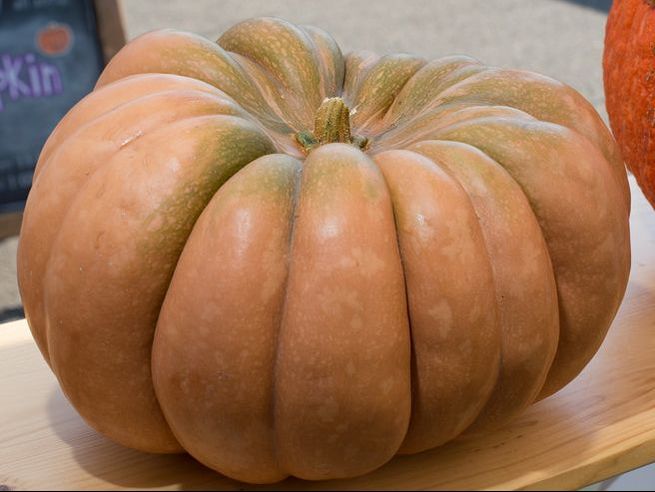
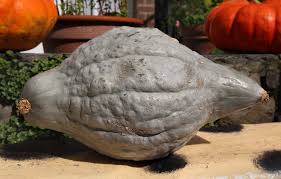
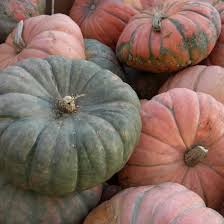
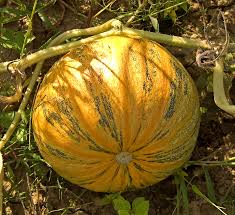
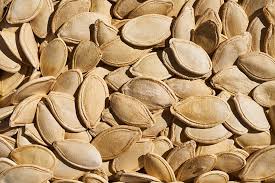
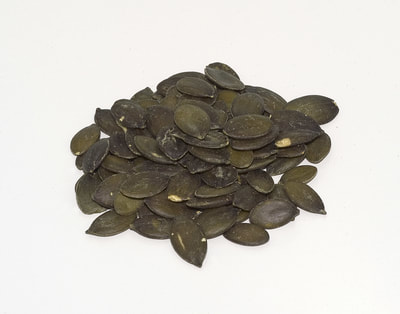

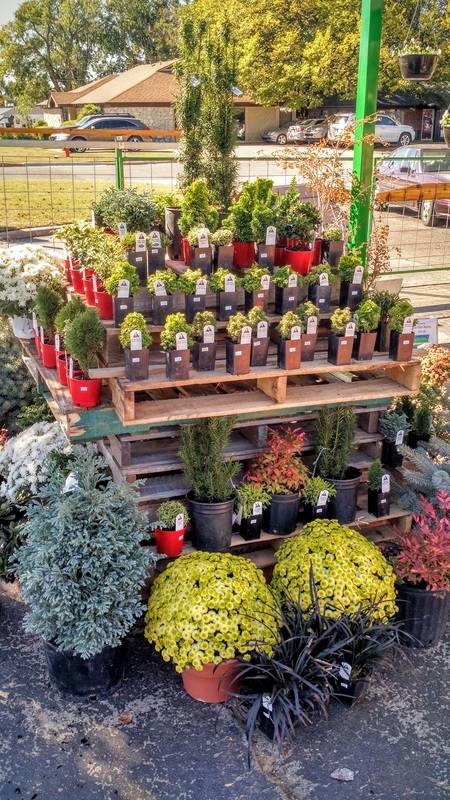
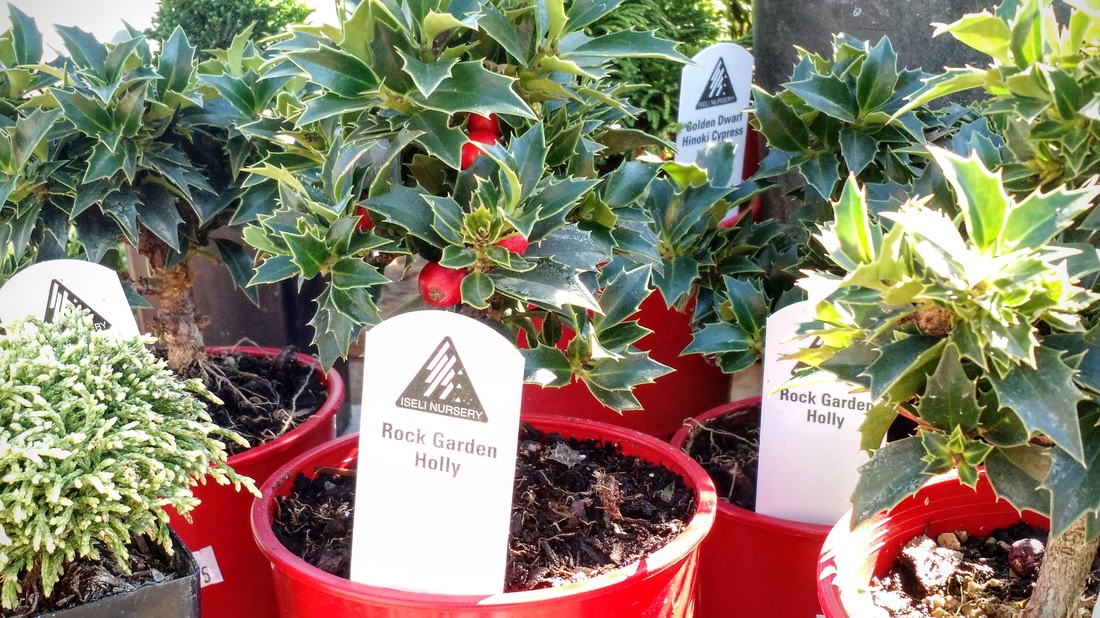
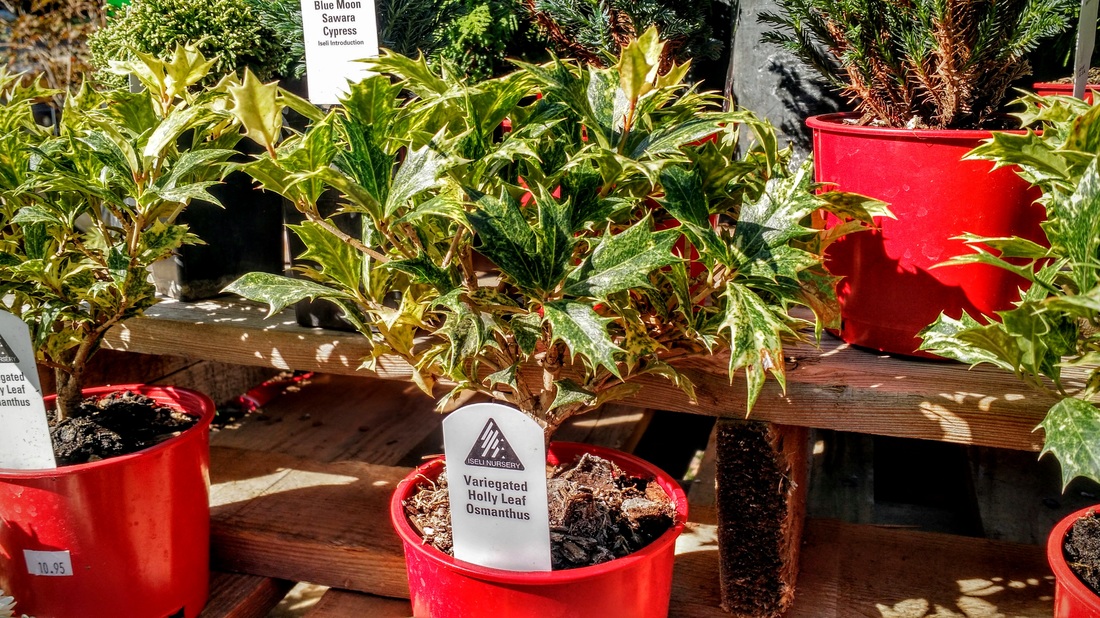
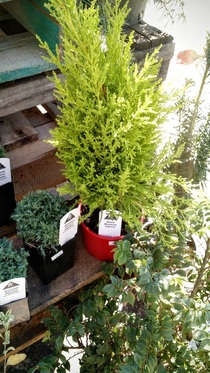
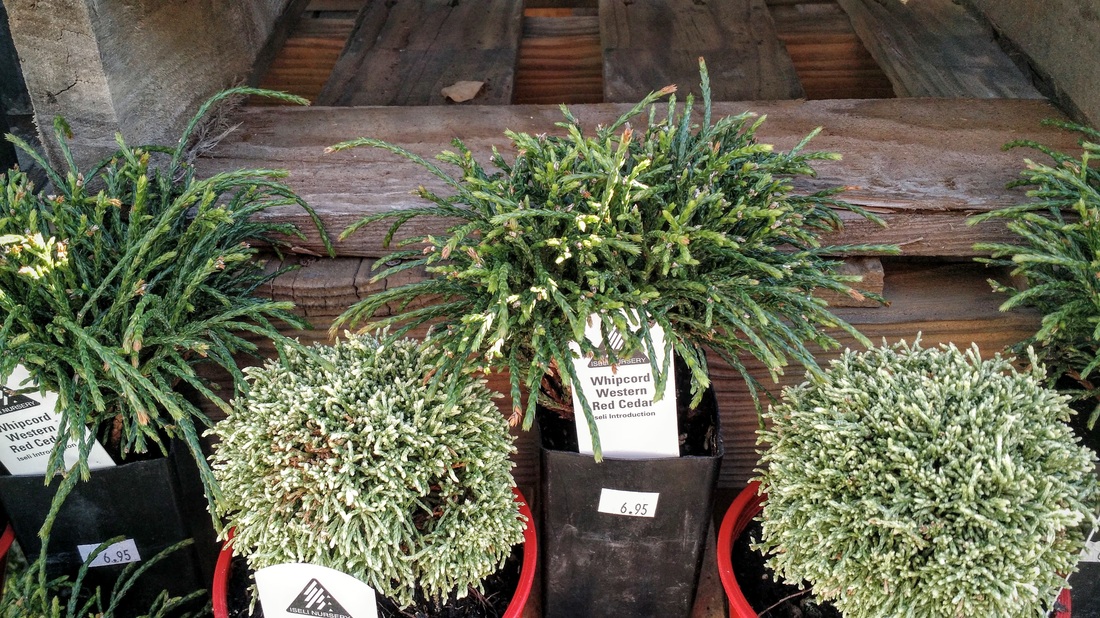
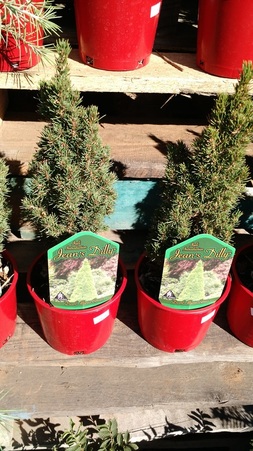
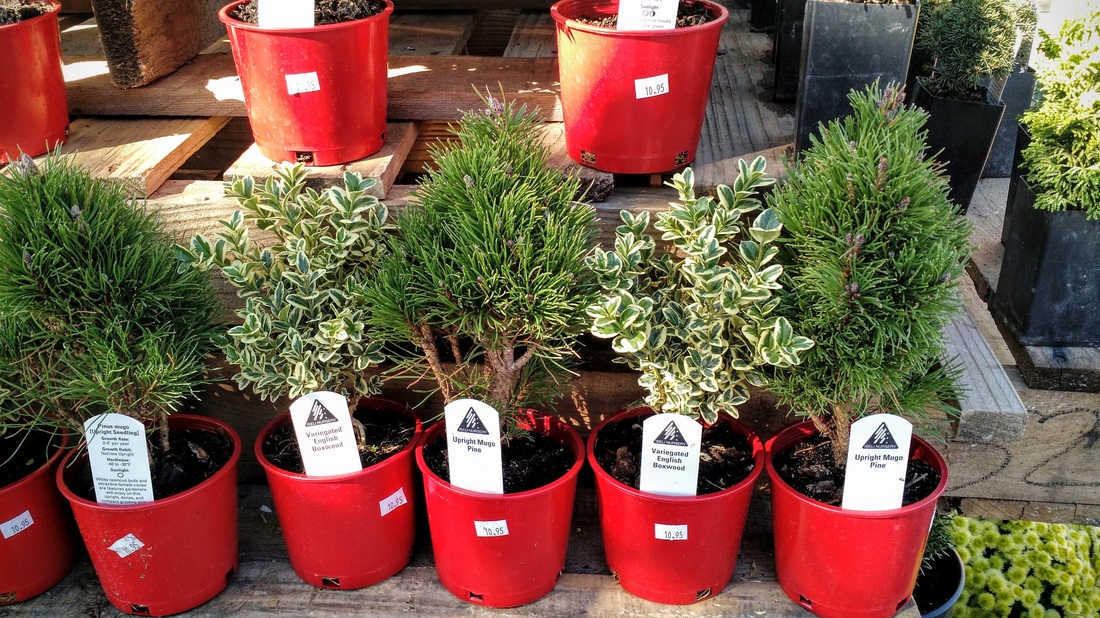
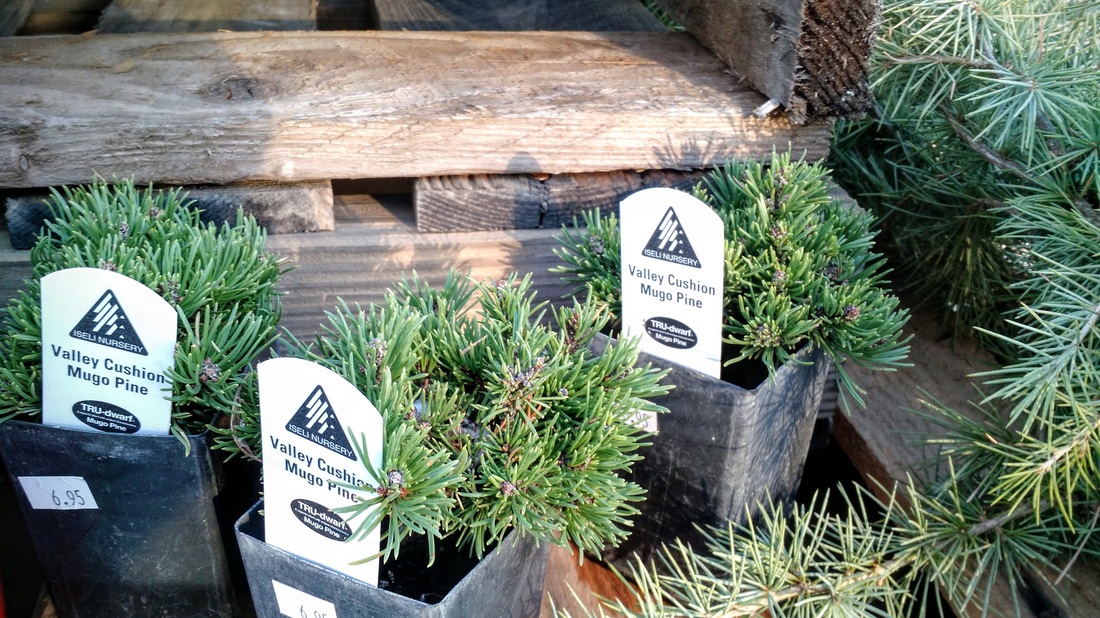
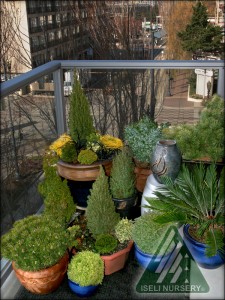
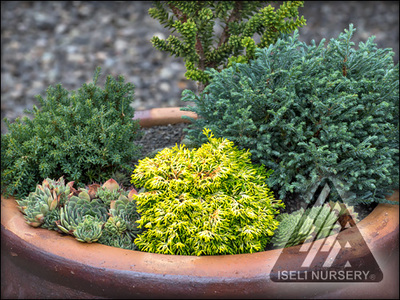
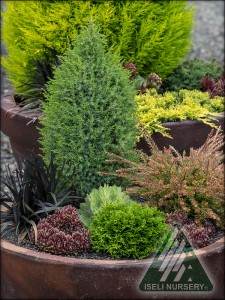
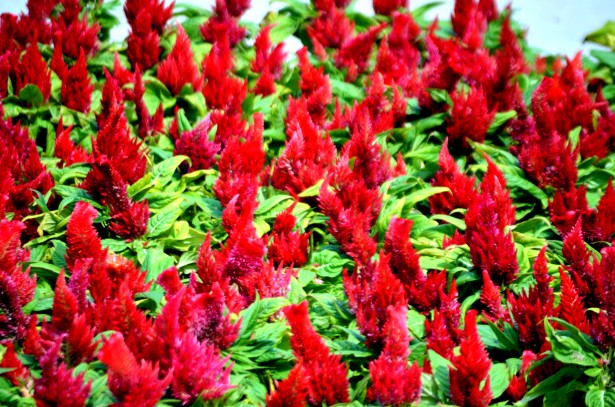
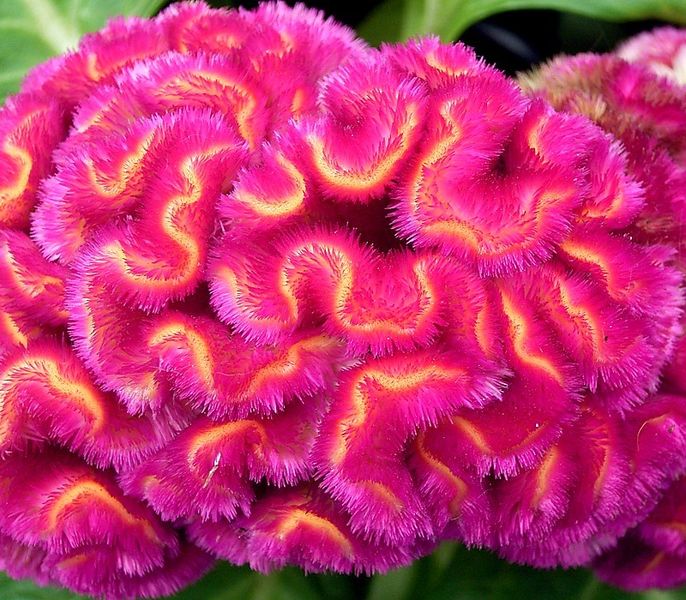
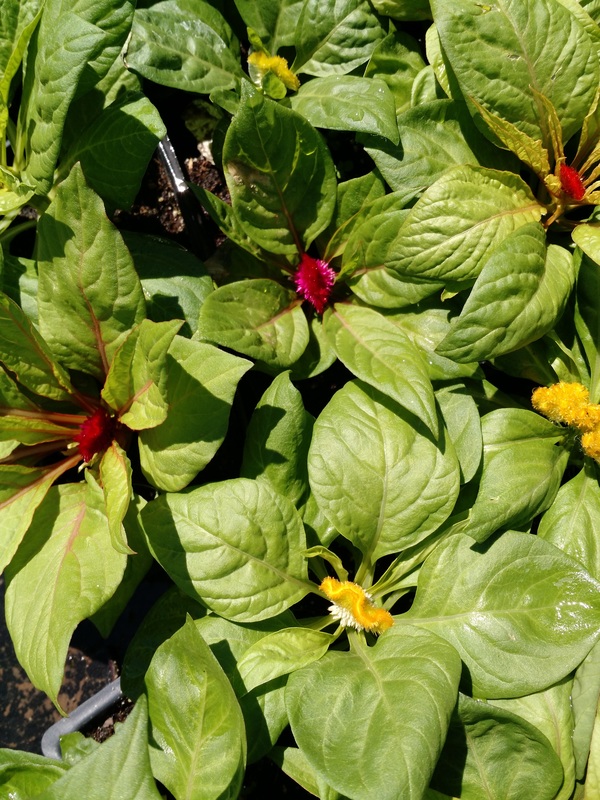
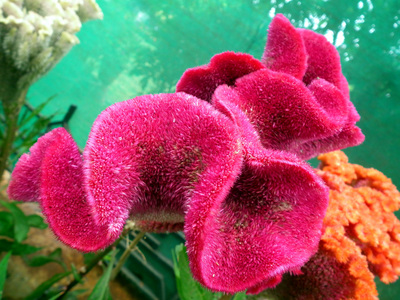
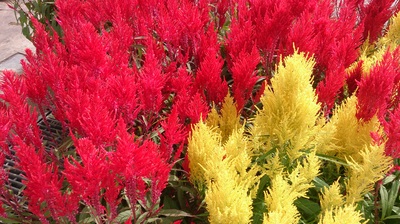
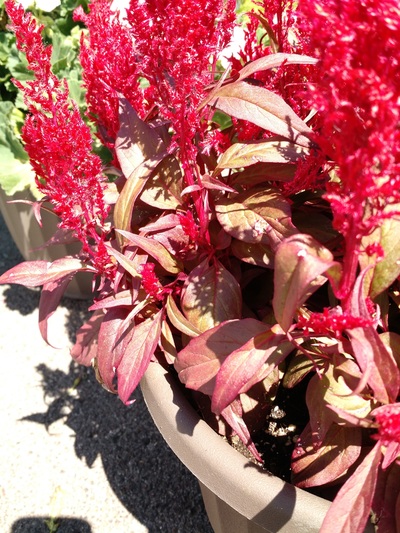
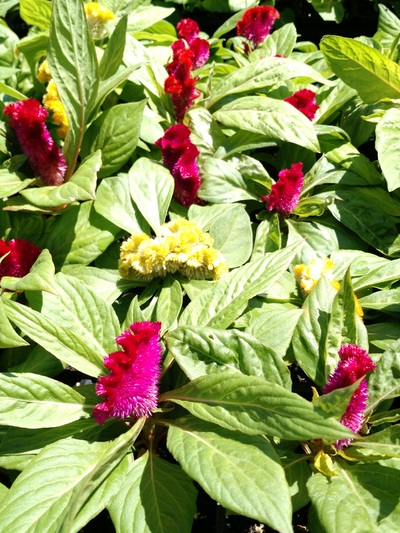
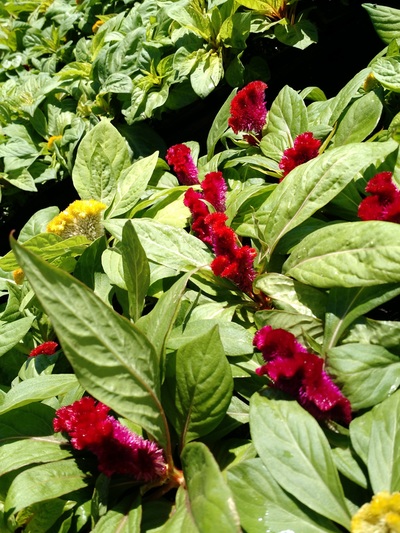
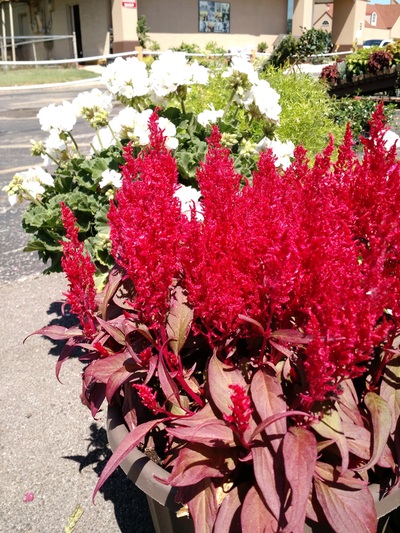
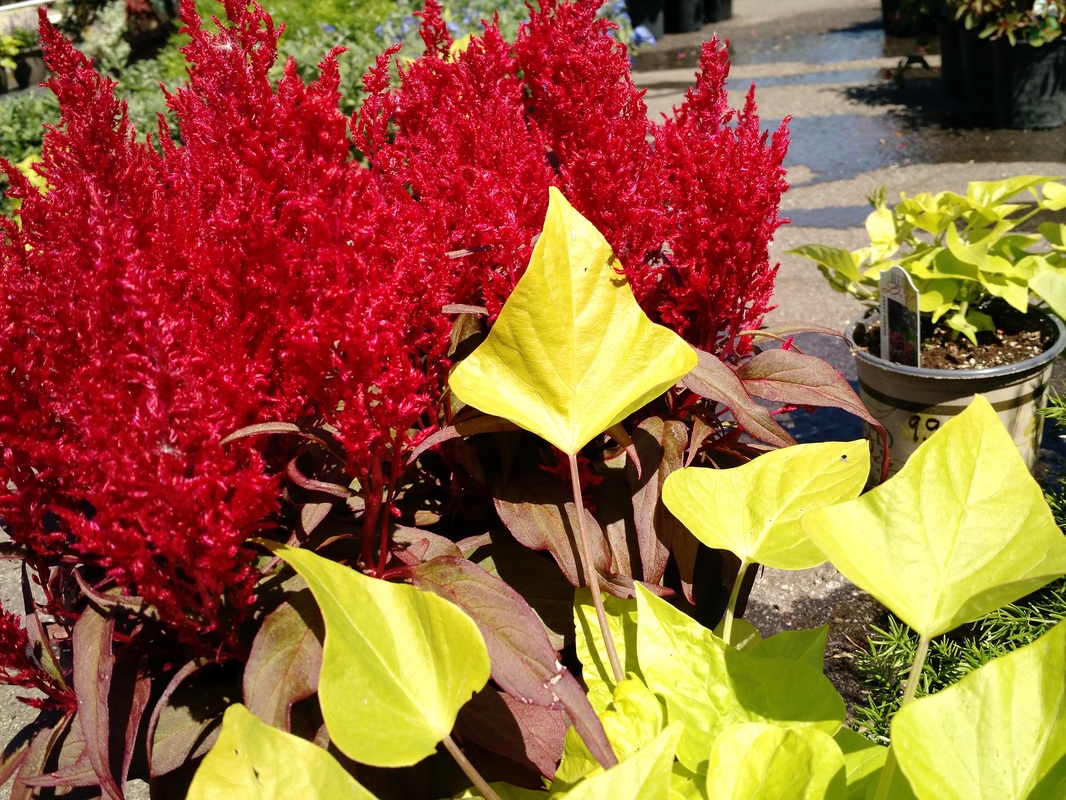
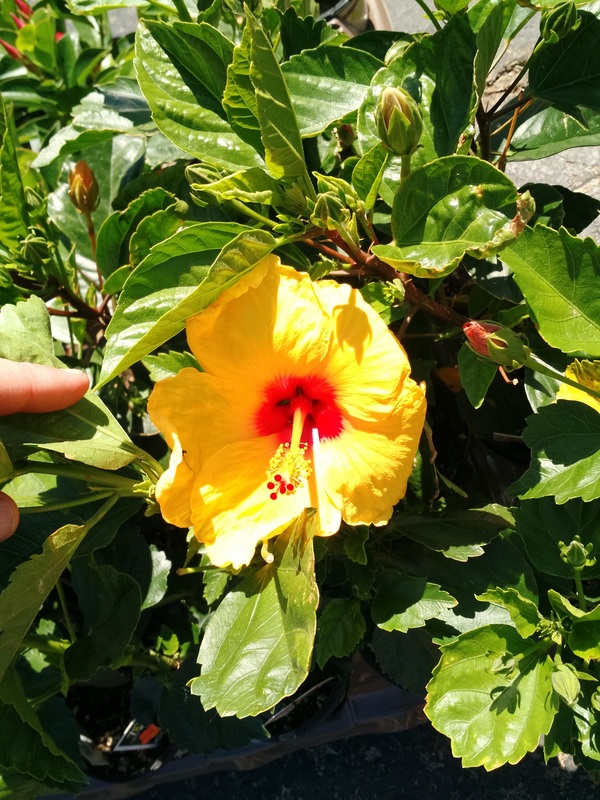
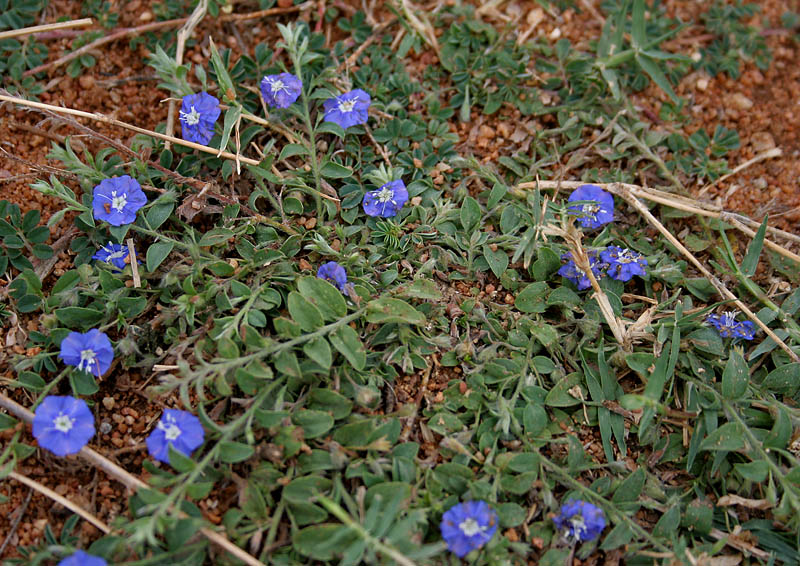
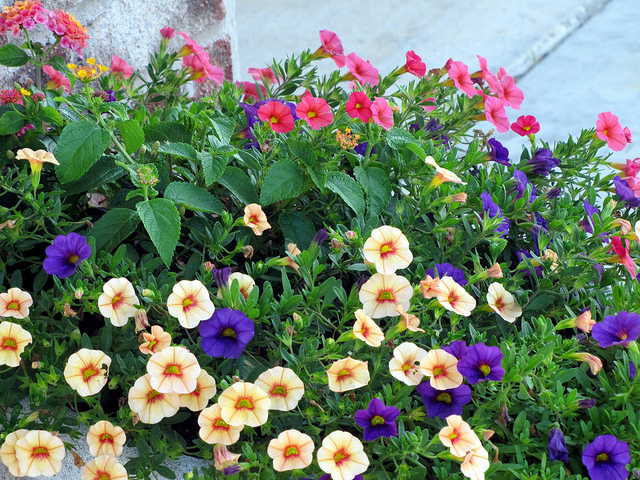
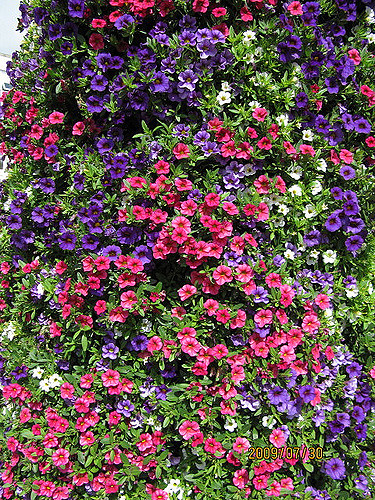
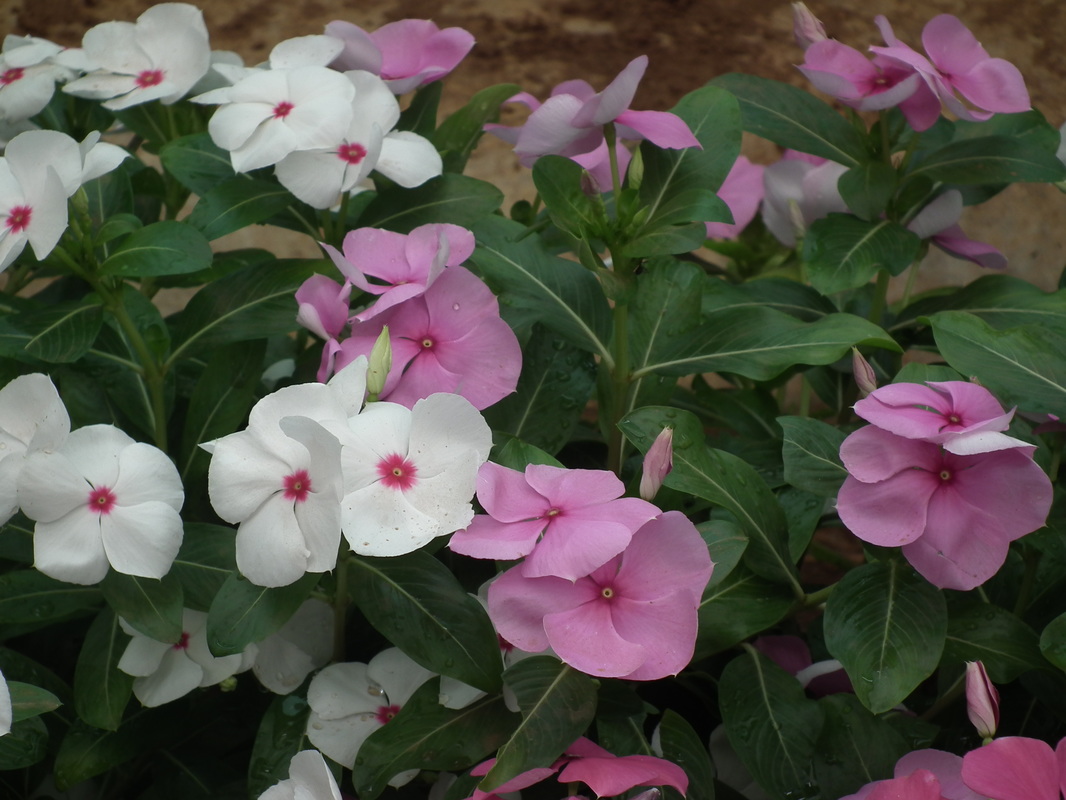
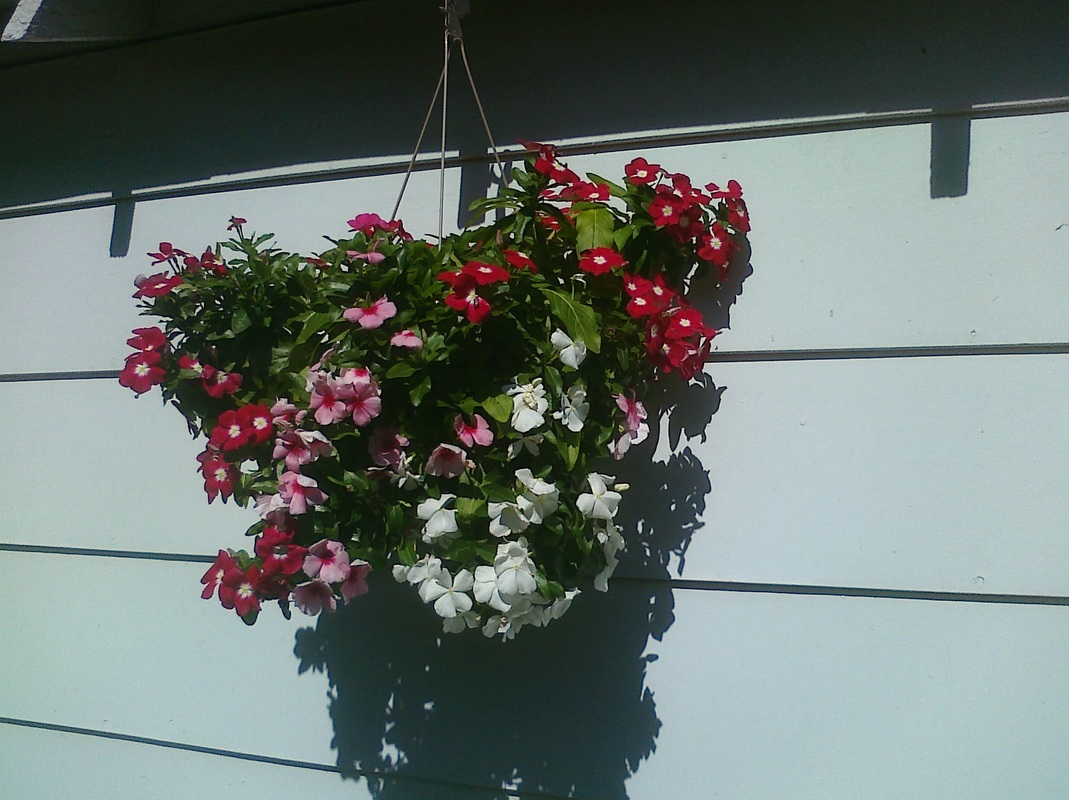
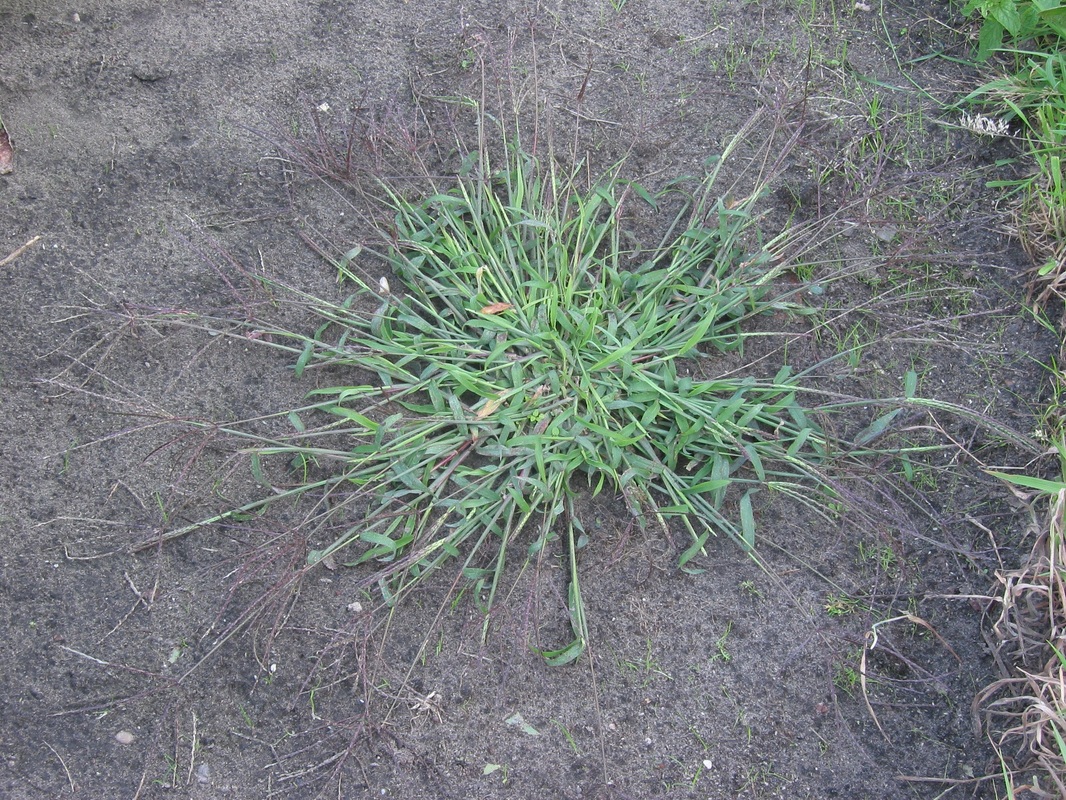
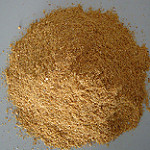
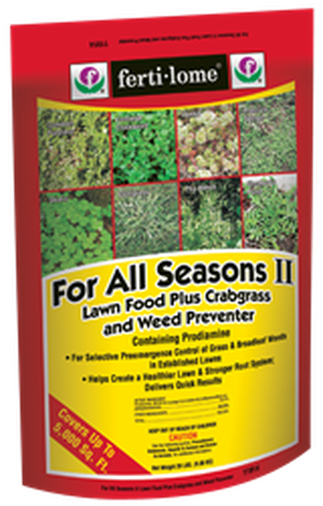
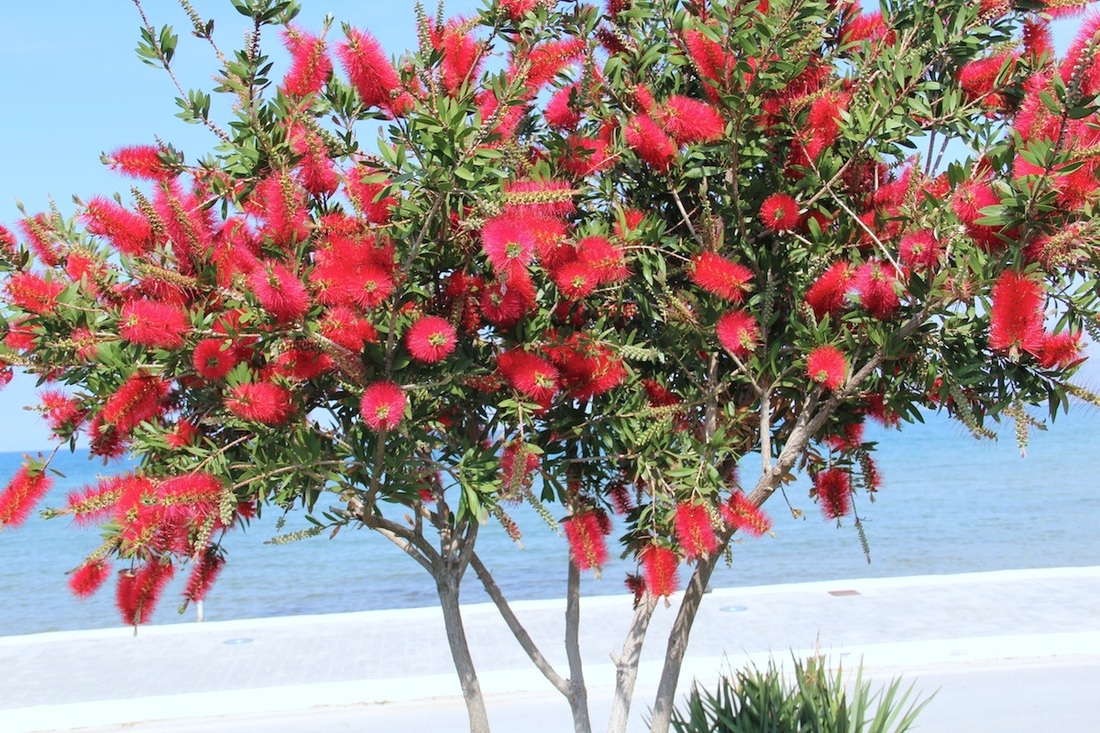
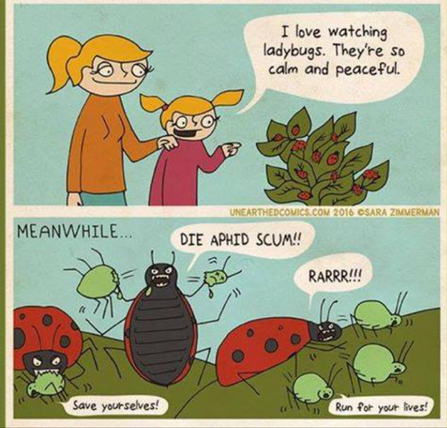
 RSS Feed
RSS Feed